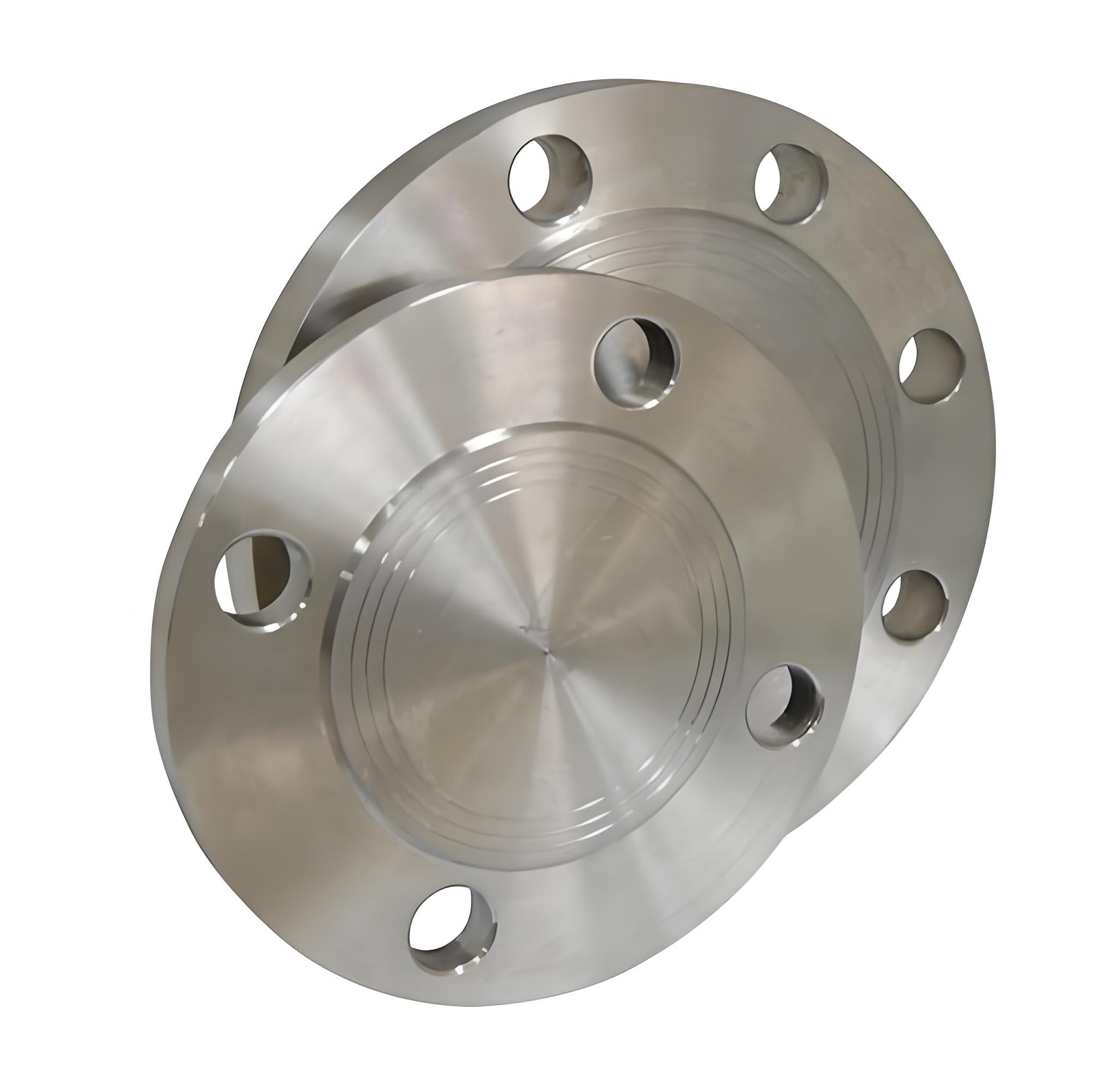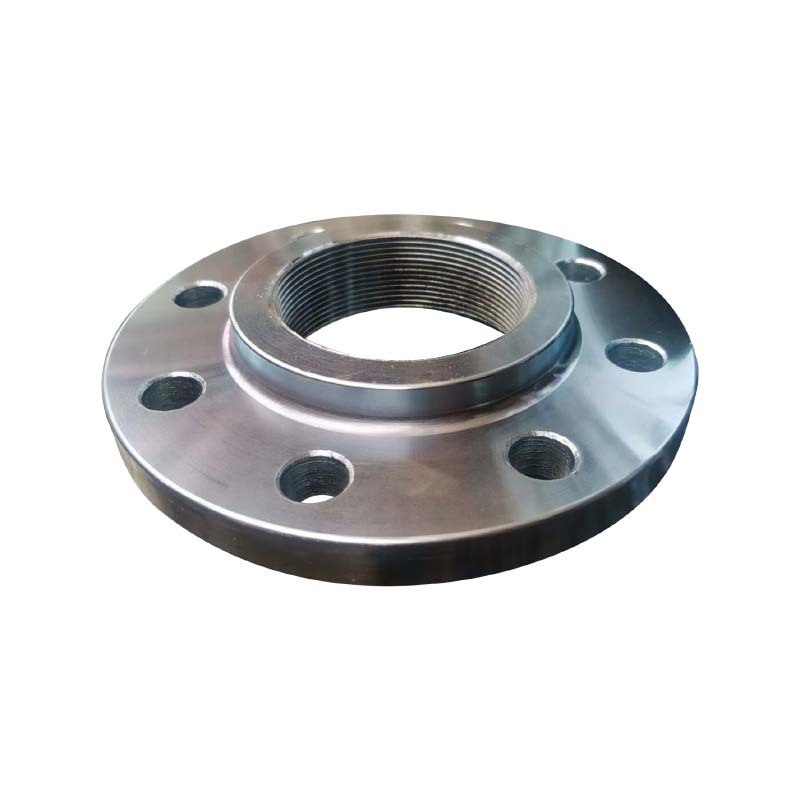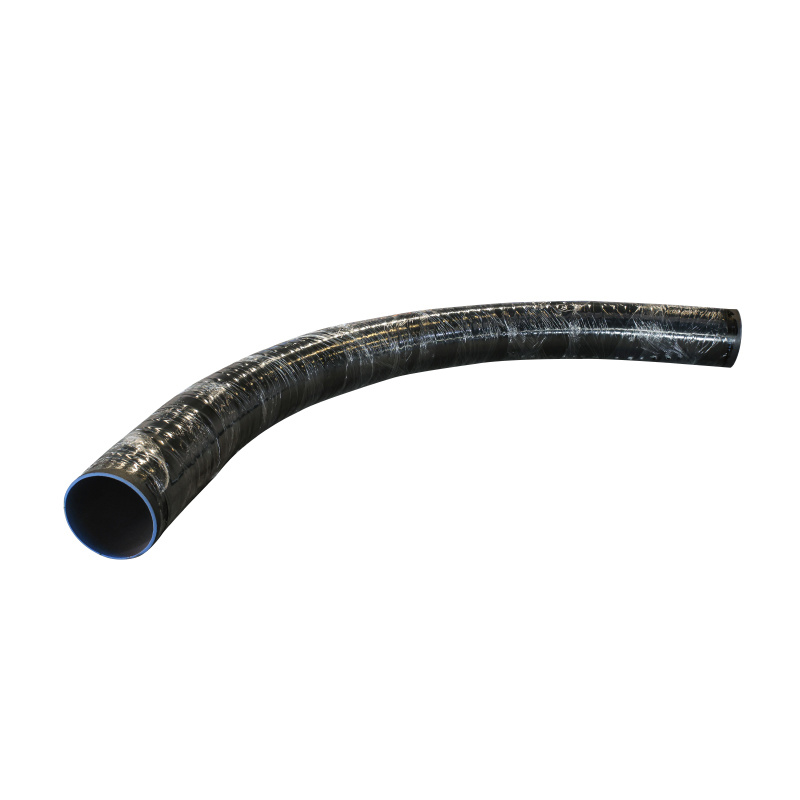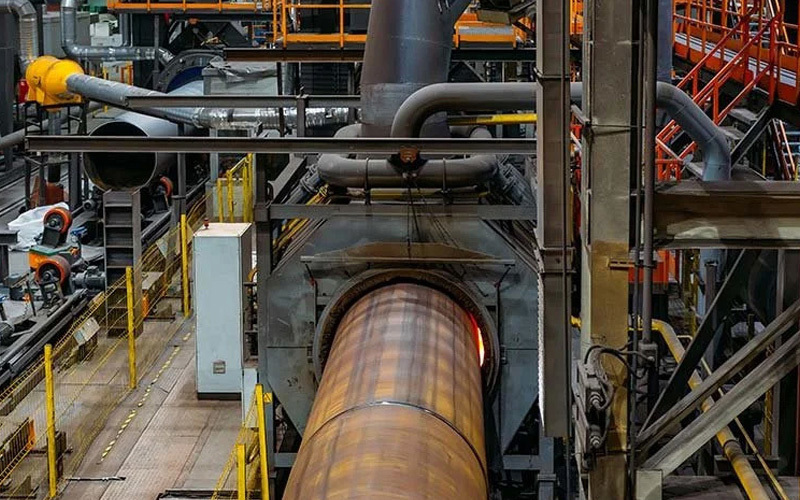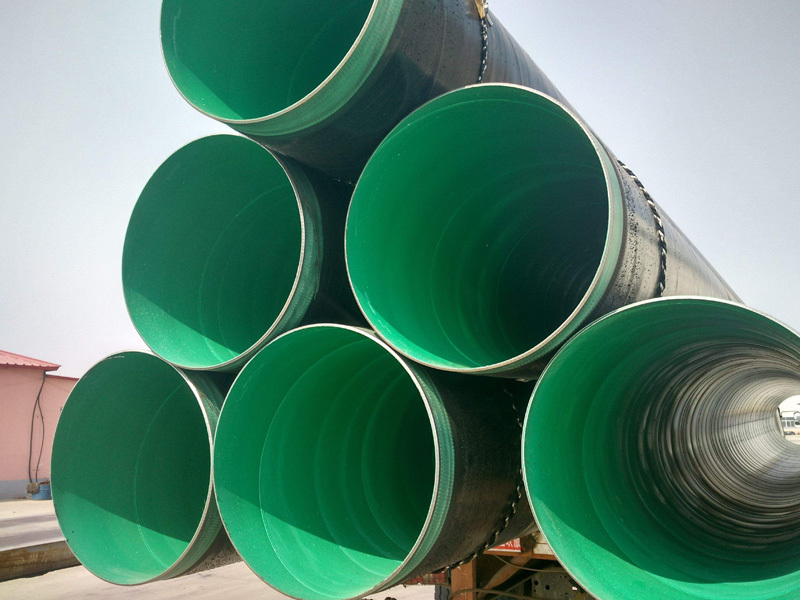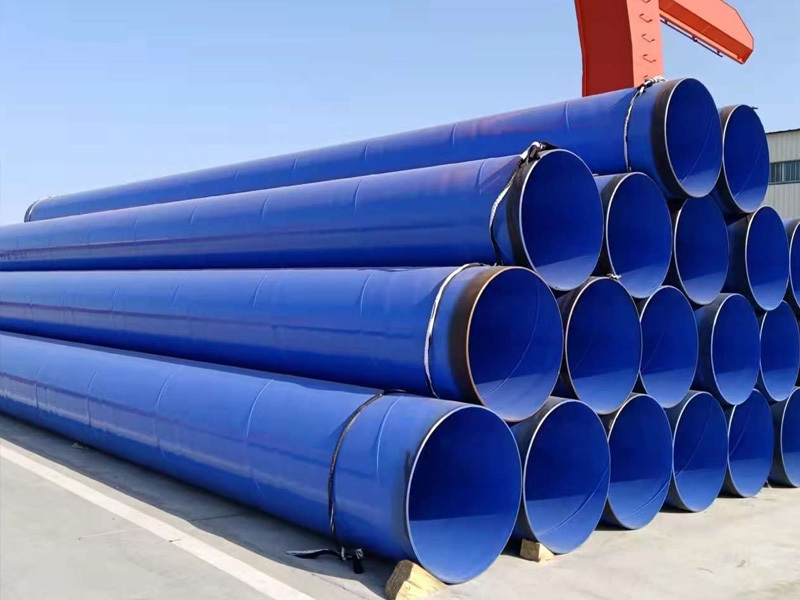Zhongbao Flange-Escort For Your Project
Design Points of TPEP Anticorrosive Steel Pipe
Release time:
Sep 05,2024
Buried pipe under the dam, consisting of water inlet, pipe body and outlet section.
Burying method of TPEP anti-corrosion steel pipe: buried pipe under the dam, consisting of water inlet, pipe body and outlet section. The flow in the pipe can be a non-pressure flow on the free water surface or a pressurized flow filled with a water pipe. Intake can be tower or tilt type, equipped with gates and other control equipment. Non-pressure buried pipe is usually in the form of circular arch straight wall, made of concrete or masonry, mostly circular reinforced concrete pipe. The import elevation shall be determined according to the use requirements. In addition to the buried pipe for water diversion and power generation and the pressure pipe connected behind the pipe, the outlet of the buried pipe under the dam shall be provided with energy dissipation and scour prevention facilities for other purposes.
The wall thickness of TPEP anti-corrosion steel pipe shall be determined through calculation and reference to similar works by burying (trench burial or gallery). In order to prevent the pipe body from breaking or cracking caused by temperature change and uneven settlement of foundation, as well as the concentrated leakage between dam bodies, the design requirements are as follows:
1. The pipe body shall be set on a good foundation, and concrete or masonry cushion shall be set between the pipe body and the foundation.
2. The buried pipe shall not be placed on the filling of the dam body.
3. Set an expansion joint every 10m-20m along the TPEP anti-corrosion steel pipe, and set a water stop valve at the connection.
4. The anti-seepage structure such as clay core wall or inclined wall shall be thickened at the connection of the pipeline, and 1-2m thick anti-seepage soil shall be backfilled outside the pipeline.
5. Set intercepting rings every 10-20m outside the pipeline to increase the seepage diameter on the pipeline surface and prevent concentrated seepage.
TPEP anti-corrosion steel pipe is a new type of steel-plastic composite pipe developed on the basis of steel pipe. The outer wall adopts three-layer polyethylene anti-corrosion, and the inner wall adopts hot-melt epoxy resin powder anti-corrosion, forming a steel-plastic alloy layer at high temperature, referred to as TPEP anti-corrosion steel pipe.
TPEP anti-corrosion steel pipe is mainly divided into cold coating steel pipe and thermal coating steel pipe. It has excellent mechanical properties, corrosion resistance and aging resistance. It is widely used in water conservancy, electric power, chemical industry, petroleum and other industries, but these properties can not completely eliminate the problem of coating peeling.
Burying technology of TPEP anti-corrosion steel pipe: the buried pipe under the dam is composed of water inlet, pipe body and water outlet. The flow in the pipe can be a non-pressure flow on the free water surface or a pressurized flow filled with a water pipe. It can be tower or tilt type, equipped with control equipment such as gates. Non-pressure buried pipes are usually in the form of circular arch straight walls, made of concrete or masonry. Most of the buried pipes are circular reinforced concrete pipes. The entrance elevation shall be determined according to the use requirements. In addition to the buried pipe for water diversion and power generation and the pressure pipe connected behind the pipe, anti-collision facilities shall be set at the outlet of the buried pipe under the dam for other purposes.
The wall thickness of TPEP anti-corrosion steel pipe is determined by burial method (trench burial, burial or gallery type), and is determined by calculation and referring to similar projects to prevent the pipeline from cracking due to temperature changes and uneven settlement of the foundation. When it breaks, concentrated leakage occurs between the dam body and the dam body.
Key words:
You can also learn more about the industry.






